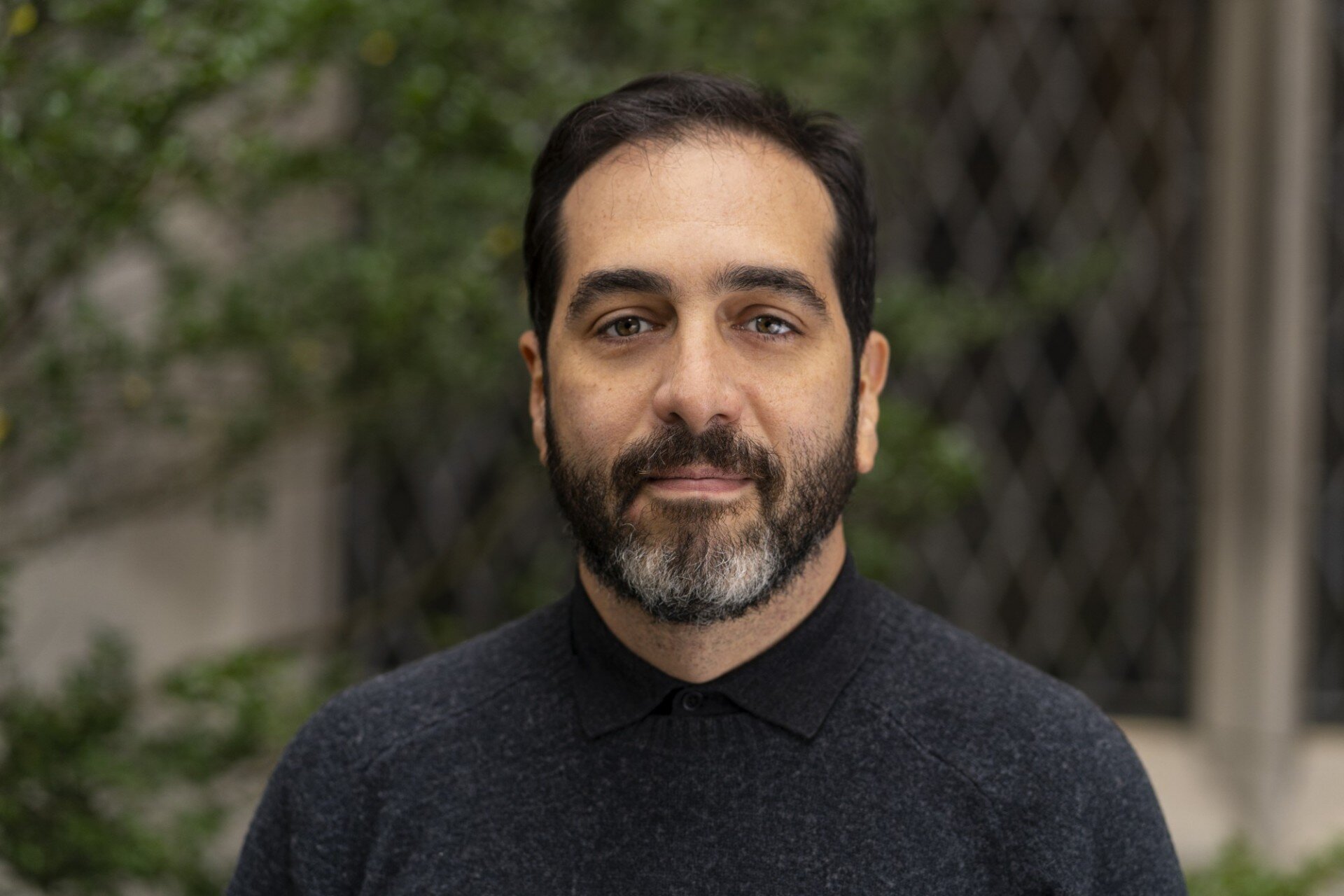Across the windswept plateaus and ochre valleys of Jordan, the haunting sound of the mizmar, habban, or jirba (local forms of bagpipes) continues to echo through celebration and solitude. Though often linked to Scotland or northern Spain, bagpipes have ancient roots in the Middle East, woven into Jordan’s shepherding practices, military traditions, and even spiritual gatherings. In Jordan, the instrument survives not as an exotic anomaly but as a living echo of an older, borderless soundscape.
Tracing the Pipe’s Path: A Transcontinental History
The bagpipe is one of the world’s oldest instruments, with versions appearing in ancient Mesopotamia, Egypt, and Roman texts. As it spread westward, the instrument evolved. In Spain, it became the gaita, from the Gothic word gaits (goat), pointing to its traditional material: goatskin.
Jordan’s versions of the bagpipe reflect similar origins. Jordan’s jirba, especially used in southern Bedouin communities, is also made from goatskin and fitted with twin pipes that produce a piercing, droning sound. These instruments weren’t just musical, they were functional too as they were historically used to call flocks, synchronize group labor, or rouse collective spirit during weddings and feasts.

Sound in the Sand: Shepherding and Sonic Territory
In pastoral Jordanian communities, the bagpipe was a tool for communication. Its far-reaching tones were ideal for shepherds navigating the plateaus of Karak or the open stretches of Wadi Rum. The double-chanter produces both melody and drone, mimicking the natural polyphony of the landscape.
Here, sound became a way to shape space. In Jordan, sound has long been a tool of place-making. Instruments like the jirba transform barren expanses into lived landscapes, acoustically mapping terrain in the absence of physical boundaries.
.jpg?width=1200&height=800&name=amman-jerash-(35-of-79).jpg)
Ceremonial Use and Echoes of Pilgrimage
Though not originally tied to formal religious liturgy, the Jordanian bagpipe has played a role in ceremonial and ritual life, particularly where community gatherings intersect with spiritual identity. In cities like Jerash and Irbid, military bands adopted them during the British Mandate, and today, the Jordanian Armed Forces maintain bagpipe ensembles for public events.
More meaningfully, these instruments surface during local pilgrimages. While Mecca is the focal point of Hajj, Jordan is home to sacred tombs and shrines, such as those of Prophet Shu’ayb near Salt or Nabi Harun near Petra. Gatherings at these sites often include music, and sometimes bagpipes, creating a festive, communal atmosphere. The sound doesn’t serve doctrine, it moves people emotionally, anchoring them to place and memory.
Bagpipes playing in Jerash, Jordan
Goat, Wind, and Memory
Made from goatskin, reeds, and human breath, the bagpipe holds more than music, it holds memory. The word gaita, often associated with northern Spain, may trace its origins to Berber languages in North Africa. Before the 14th century, itinerant musicians likely carried it to Iberia, where it became part of local identity.
Across the Middle East and North Africa, similar instruments, like the alghaita or alboga, were used by herders to summon goats across open land. The resulting sound, far from ornamental, was directive, pulling animals back toward camp, commanding space through vibration.
Jordan’s jirba shares that same spirit. Among Bedouin tribes, it helped shepherds manage flocks, but also inspired them during weddings and community events. Its evolution from a practical tool to a cultural symbol reflects its deep adaptability.
In Jordan, where ancient pilgrimage routes intersect with shepherd trails and tribal corridors, the sound of the jirba binds these layers into something enduring. The pipe becomes a vessel not just of melody, but of movement, across geography, language, and history.




